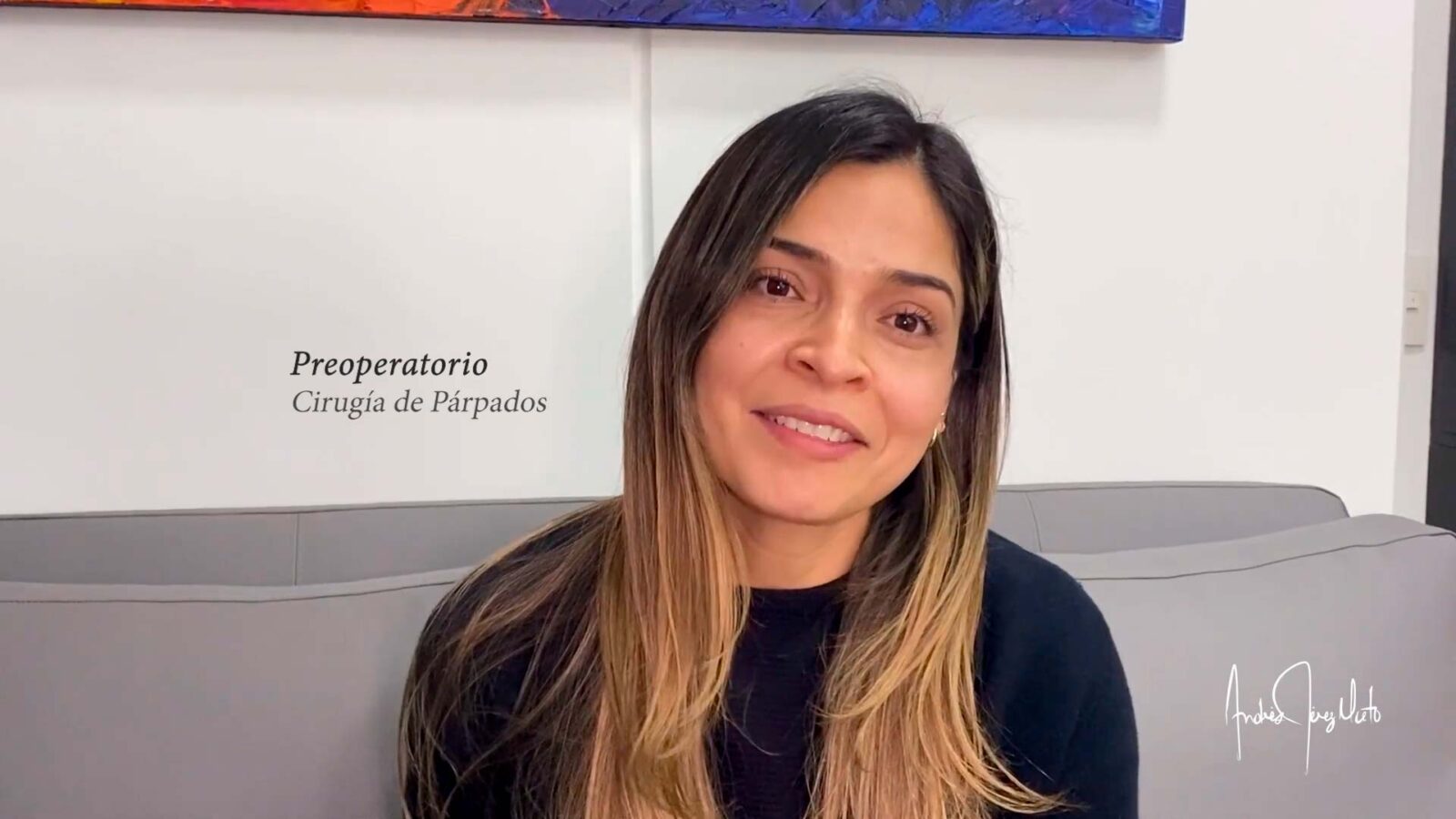BLEPHAROPLASTY
BLEPHAROPLASTY
The area around the eyes, which includes the upper and lower eyelids and the eyebrows, is one of the areas of the face that first suffers the changes associated with aging and hereditary factors.
The eyes are, to a great extent, a reflection of what we are and how we feel. That is why Dr. Perez offers all his experience and knowledge to each patient, in order to restore vitality and youthfulness to the expression of the eyes.

Play Video

Play Video
UPPER BLEPHAROPLASTY
THE CURTAIN EFFECT
Over the years, the upper eyelids develop excess skin and soft tissues, which produce an effect similar to that of a curtain that progressively drops over the eyelids, making them look puffy and tired.
DETAILS OF DR PEREZ'S TECHNIQUE
Prior to the procedure, Dr. Perez performs a thorough and detailed marking to accurately determine the excess skin to be removed from the upper eyelids. Additionally, he is very precise in placing the incision exactly in the natural crease of the upper eyelids, in order to allow it to be completely concealed and not be noticeable at all in the postoperative period.
Dr. Perez usually removes excess skin, removes some of the excess orbicularis oculi muscle, and excess fat, so as to obtain better-defined eyelids.
Dr. Perez usually removes excess skin, removes some of the excess orbicularis oculi muscle, and excess fat, so as to obtain better-defined eyelids.
Blepharoplasty surgery is performed with laser or radiofrequency technology, allowing for minimal postoperative swelling and therefore a shorter recovery process.
LOWER BLEPHAROPLASTY
EYE BAG EFFECT
We often call dark circles under the eye bags that appear at the lower eyelids, which tend to progressively increase in size. This process is usually caused by a notorious excess of skin and a deep furrow that further accentuates this dark circle effect.
It is noteworthy that in some percentage of patients, there is only an excess of skin which is evident by the presence of wrinkles and folds around this area.

Play Video
Fat Slide Blepharoplasty technique
FAT SLIDE LOWER BLEPHAROPLASTY TECHNIQUE
This surgical technique is the procedure of choice for Dr. Perez because during the years he has been practicing it, he has observed significant advantages over the conventional technique of lower blepharoplasty, in which prominent fat pockets in the eyelids are removed.
- The Fat Slide technique does not extract these pockets but redistributes them directly below the under-eye line. This way, after-effects such as the medium-term appearance of sunken and vacant-looking eyes are completely avoided.
- This technique is performed through the inner part of the eyelid, which is why it is called the Transconjunctival. This minimizes trauma to the eyelid tissues and allows for a fast recovery.
- The excess skin is removed at the end of the procedure, which is very moderate and is followed by a suspension of the eyelid muscle in order to avoid changes in the shape of the eyelids.
ANESTHESIA
The procedure is usually performed under local anesthesia and intravenous sedation. The surgery takes approximately one and a half hours.
BLEPHAROPLASTY CANDIDATES
- Patients with excess skin and sagging of the skin over the upper eyelids.
- Patients with oily bags or dark circles under the eyes are usually accompanied by excess skin on the lower eyelids.
WHAT TO EXPECT AFTER SURGERY?
Moderate swelling of the eyelids is normal during the first 2 days. This swelling disappears quickly and usually after the 4th day, it is hardly noticeable.
The stitches are removed between the 5th and 6th day after surgery, and the use of healing cream is started once the doctor evaluates that the wounds are in perfect condition.
The stitches are removed between the 5th and 6th day after surgery, and the use of healing cream is started once the doctor evaluates that the wounds are in perfect condition.
CAN BLURRED VISION OCCUR?
Some patients may experience some blurred vision, usually during the first two days, and it is due to the use of the lubricating drops that are prescribed or due to the inflammation of the connective tissue. They usually resolve on their own.
WHEN CAN I USE MAKE-UP?
It is recommended to start using it only after the stitches have been removed, which is usually 5 days after surgery
IS IT ADVISABLE TO LOOK AT THE COMPUTER SCREEN OR TELEVISION?
We recommend not using screens during the first 2 days, since the inflammatory effect of the tissues may cause dryness and burning in the eyes. After the 3rd day you can do it, trying to do so for short periods of time.
POSTOPERATIVE RECOMMENDATIONS
A semi-sitting position at 30 degrees should be maintained, in order to facilitate better drainage of the swelling.
Apply cold packs on the eyelids every 3 hours during the first 2 days.
Refrain from physical activities that require great physical effort, during the first week.
Apply cold packs on the eyelids every 3 hours during the first 2 days.
Refrain from physical activities that require great physical effort, during the first week.




